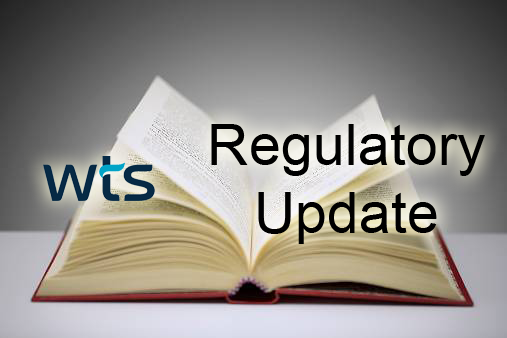As a follow up to last month’s article on PFAS Regulatory Updates, note that on September 9, 2001 USEPA released a Preliminary Effluent Guidelines Program Plan 15 (Preliminary Plan 15), which identifies three new rulemakings to reduce contaminants including PFAS and nutrients—from key industries- through increased regulation of wastewaters. The agency has determined that revised effluent limitations guidelines (ELGs) and pretreatment standards are warranted for:
- Organic Chemicals, Plastics and Synthetic Fibers category to address per- and polyfluoroalkyl substances (PFAS) discharges from facilities manufacturing PFAS.
- Metal Finishing category to address PFAS discharges from chromium electroplating facilities.
- Meat and Poultry Products category to address nutrient discharges.
It is important to note that this is a plan and that EPA is in the preliminary stages of establishing limits for how how much PFAS can be discharged into sewage treatment systems and surface waters from those three industries. There are currently no federal regulatory standards around PFAS discharges from those industries. However, this marks the first time that USEPA has committed to limiting PFAS in wastewater discharges and certainly bears watching. The EPA says its surface water discharge regulations for the organic chemicals, plastics and synthetic fibers industries cover more than 1,000 chemical facilities producing over 25,000 products, from benzene to rayon and polyester and about 44,000 facilities perform various metal-finishing operations and discharge wastewater directly or indirectly into surface waters.
It is expected that this will be a lengthy process and no clear timetable is in place. To view Preliminary Plan 15 and learn how to submit comments, visit: https://www.epa.gov/eg/effluent-guidelines-plan.
Earlier this month (9/2/21) USEPA also published a draft of the first EPA-validated laboratory analytical method to test for per- and polyfluoroalkyl substances (PFAS) in eight different environmental media, including wastewater, surface water, groundwater, and soils. According to USEPA, “Method 1633 is a single-laboratory validated method to test for 40 PFAS compounds in wastewater, surface water, groundwater, soil, biosolids, sediment, landfill leachate, and fish tissue. Until now, regulated entities and environmental laboratories relied upon modified EPA methods or in-house laboratory standard operating procedures to analyze PFAS in these settings.” For more information on CWA Analytical methods for PFAS, use the following link: https://www.epa.gov/cwa-methods/cwa-analytical-methods-and-polyfluorinated-alkyl-substances-pfas.
WTS will continue to monitor and inform on this ever evolving topic.

